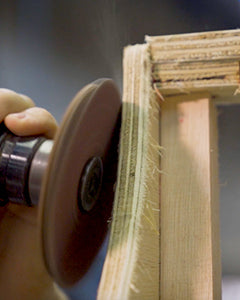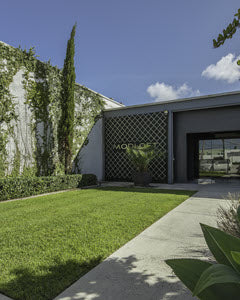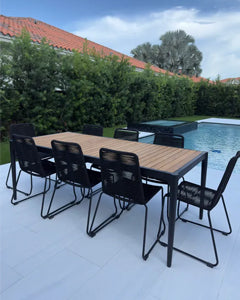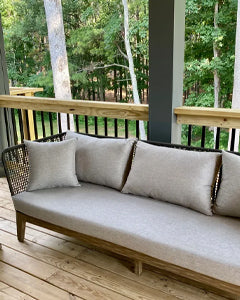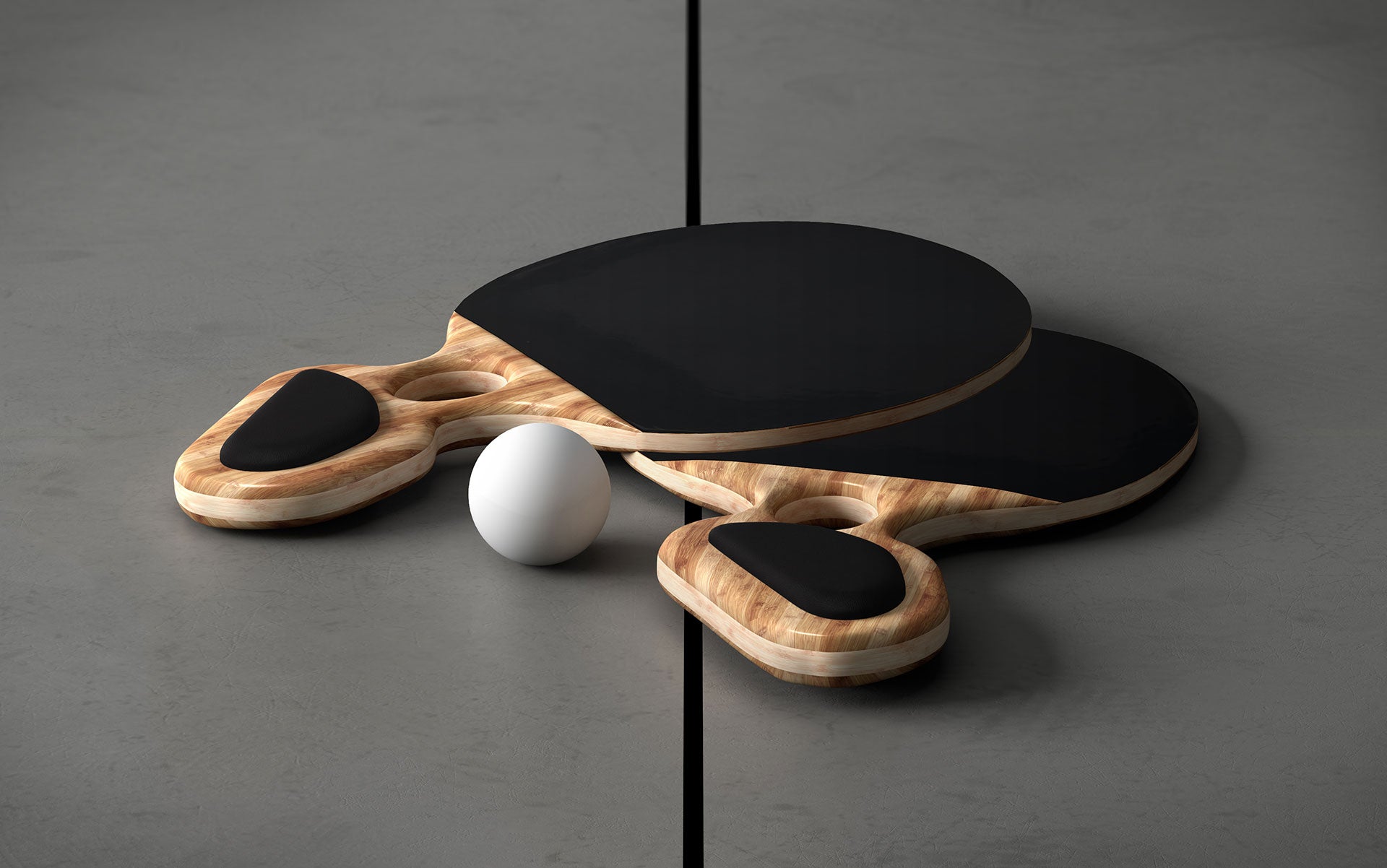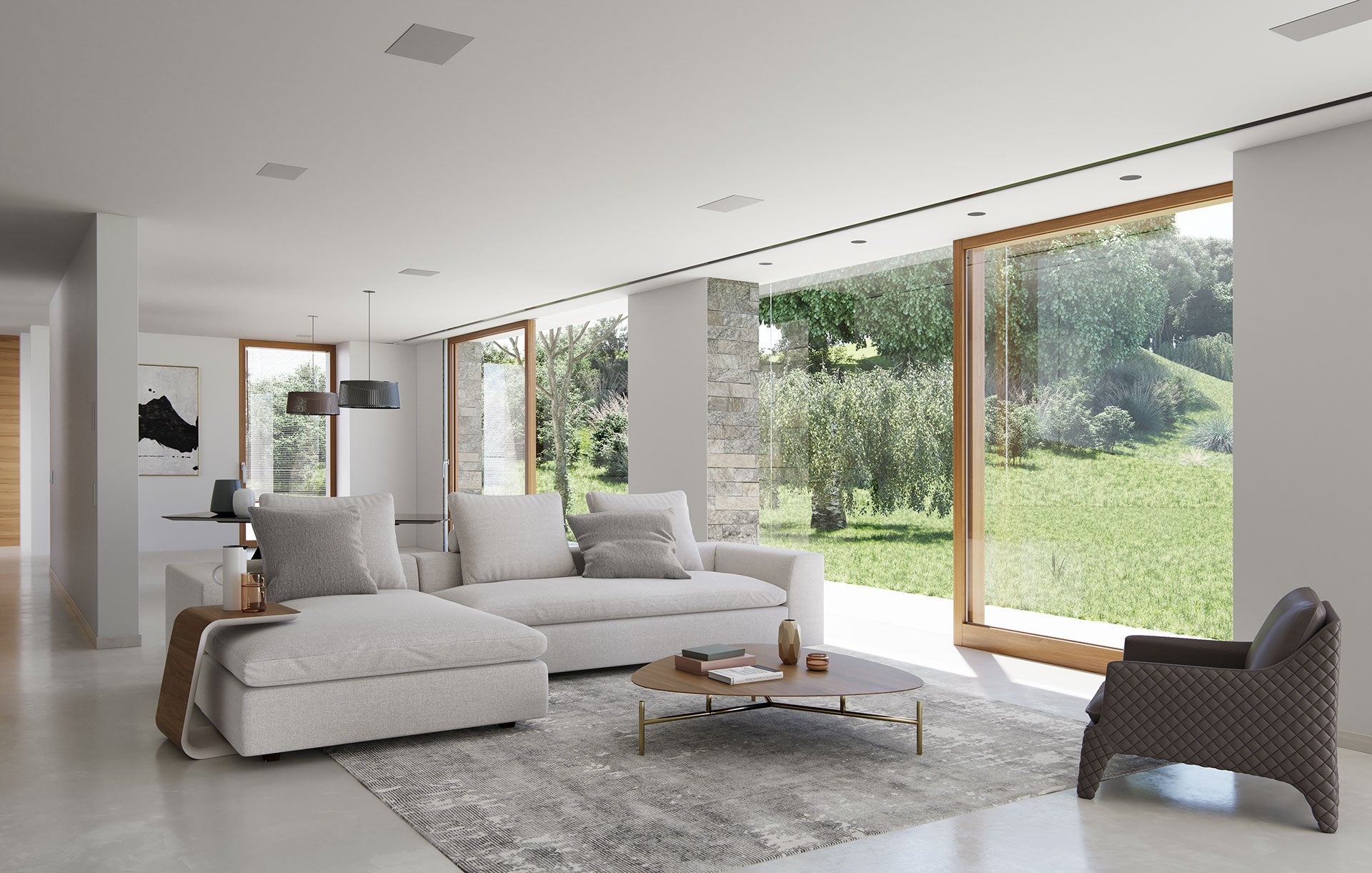Living room furniture creates an inviting space you’ll use to entertain guests and spend time with your family. Selecting pieces that are functional and aesthetically pleasing will create a space that beckons you to relax and enjoy your time.
Once you’ve picked out the basics (the sofa, the loveseat, your accent, or sitting chairs), you’ll likely want to select a coffee table or cocktail table: but which is right for your space?
Come to think of it, what are the actual differences between a cocktail table and a coffee table?
Head to the living room and relax. We’ve got all the information you need about living space tables. We’ll help you navigate between cocktail tables, coffee tables and give you a little history to spark a conversation the next time you host guests around the table of your choice.
The Living Room at a Glance
If you’ve ever wondered where the term “living room” originated, you aren’t alone. Many historians have studied the origins of this term, and there’s conflicting evidence about how it came into existence.
It’s clear that a space used to entertain guests and gather to have some meaningful conversations was once referred to as a salon or parlor. The word parlor comes from the French verb “parle,” which literally means “to speak.”
The parlor was the place of distinction in every home in the 18th century during the Enlightenment Period. This time saw the parlor evolve into a larger room, outfitted with numerous different seating options, including modular furniture that would give birth to the modern-day sectional sofa.
From the parlor, the term “living room” evolved, but the path is hotly debated among history buffs.
The Social Gathering Theory
When the popularity of a room for social activities grew in the United States, it seemed only fitting that the name given to the room should be “living room,” as much of a family’s living would be centered there.
With the advent of coffee tables, families would sometimes enjoy their entire meals in the living room, although this practice was more seen later on (circa the 1950s and 1960s).
The amount of time a family spent in their living space naturally gave birth to the name “living room,” and the name still holds true today.
However, like with all good mysteries, there is another theory.
The Death Room Theory: A Parlor Trick
Slightly more colorful than the social gathering theory is the story of how the room evolved from the “death room” to the “living room.” This theory states that the frontmost room in the home during the Victorian Era was often referred to as the death room, as it was where deceased family members would be kept until they were buried.
It was commonplace in both England and the United States to keep the deceased in the home for up to a week so that other family members and friends could come and pay last respects and mourn them.
After World War I, influenza became a worldwide pandemic, killing millions of people. It is thought that during this time period, the term “death room” was popularized. So many people were forced to use the front rooms of their homes to keep their dead family members that it became the main purpose of the room.
Later, when the influenza outbreak was under control, it is theorized that a popular magazine of the time, The Ladies Home Journal, published an article suggesting that the room be renamed to something more positive. They suggested the name “living room.”
Although it may only be speculation, we certainly appreciate a good parlor story, don’t you?
Tables in the Living Room
The use of tables in the living room space was very common even in the 18th century. However, these tables were generally used for tea service and are slightly higher than the coffee tables we use today.
The terms “coffee table” and “cocktail table” came much later than these tea tables but are generally regarded as having the same purpose; offering a place for seated persons to place their beverages.
First, Cocktails
At the dawn of the 19th century, evening gatherings in the parlor became more popular, and the term “cocktail table” was coined. These tables were slightly lower than tea tables and made it easy for guests to hold a conversation without constantly holding their drinks.
These tables were generally smaller than the coffee tables we use today and usually round in shape.
Prohibition Meant More Coffee
In 1920 when prohibition began, the term cocktail table faded out, and the “coffee” table took precedence for blatant reasons. However, the table stayed the same.
In the United States, F. Stuart Foote developed a small, low-lying table for his wife’s social club gathering by sawing off the legs of one of the dining tables he had in his showroom. He called it a coffee table and sold a few of them before the concept really caught on.
Cocktail Table vs. Coffee Table: Is There a Difference?
In short, there’s no difference between a cocktail table and a coffee table. Although “coffee table” is the more popular name for the short, couch-height table found in practically every home, you may still find people who refer to them as “cocktail tables” based on their specific uses or upbringing.
Sometimes, a manufacturer will differentiate between a cocktail table and a coffee table by shape. Generally, a cocktail table is square or rectangular in shape, while coffee tables tend to be circular or oval. However, it’s still completely possible to have a company offer a round cocktail table or a square coffee table.
In short: a table designed to sit in your living space that measures between 14”-20” tall can be both a cocktail table and a coffee table.
Styles of Cocktail and Coffee Tables
Once you accept that you’re essentially shopping for the same table, you can narrow down options for the perfect beverage table in your home.
Shaker
Developed by the Shaker community, this furniture is simplistic and pure in design. Shaker furniture utilizes wood like cherry, pine, or maple. It avoids heavy details like ornate finishes and flourishes.
A shaker coffee table (it definitely won’t be called a cocktail table) is functional in form and will have a wood finish. It’s characterized by minimalism and has straight legs and a rectangular shape. Shaker pieces usually have drawers for functional storage.
Shabby Chic
Shabby chic furniture is almost always mismatched, sometimes salvaged, and usually looks repurposed or distressed. It’s characterized by feminine details like curved legs, ornate carvings, mixed colors and materials, and eclectic overall style.
These types of coffee tables can be round or rectangular. The biggest rule for shabby chic furniture is that there is no rule.
Industrial
Industrial pieces feature a mix of wood, metal, and factory-esque hardware. Industrial pieces are usually quite sturdy, can be heavy, and can sometimes overpower a room. It’s best to make sure you have the space for these types of tables and that the remainder of your room is a bit softer to play down the industrial feel.
These tables are rising in popularity. Unexpected materials like concrete give these pieces a conversational appeal befitting any living room.
Mid-Century Modern
Mid-century modern furniture was produced during the 1950s and 1960s. It focused on lighter, more practical furniture and elevated function over form. Pieces from this time period are made from light wood and molded plastics. They have clean lines and an ergonomic feel that make them distinct and easily identifiable.
These types of tables have been updated in recent years for a more contemporary look, but the classic lines and minimalist design remains the same.
Parsons
Parsons coffee tables are always rectangular in shape and have a unique feature that separates them from other tables. The four legs of the table will always be the same thickness as the top of the table.
Parson tables can be crafted from any material, but most commonly, the material used will be wood, and the finish will be natural to retain the beauty of the original material.
Modern
Modern furniture refers to pieces developed from the 1960s through the present day. It overlaps with contemporary pieces in this way.
Modern furniture, including coffee and cocktail tables, uses lots of glass and metal finishes. This makes these tables slightly less practical than their Shaker and parson predecessors.
Modern furniture is beautiful and elegant but requires special care and is probably not the best option for families with small children or very active pets.
Contemporary
Current pieces that are in style right this moment make up contemporary furniture, including contemporary coffee and cocktail tables. At Modloft, we focus on making contemporary furniture that pays homage to mid-century modern pieces.
Our selection of contemporary coffee tables is made for the furniture aficionado. Our passion for design and style shows in every piece through our choices of materials, artistic craftsmanship, and contemporary concepts.
Which Style Is Right for Your Space?
No matter what you will call it, finding the perfect living room table is easy when you consider a few simple factors.
-
Space. Determining your space will help you pick the perfect table. Some styles of living room tables are too large for small spaces. Parsons tables, for instance, can dominate a small space.
If you feel your space is simply too small for any table at all, consider a piece that breaks the traditional molds of standard coffee and cocktail tables. Instead of a circle or a rectangle, look for pieces that have other shapes that may easily fit into a difficult space. -
Consider your company. If you plan to entertain a large number of people, you’ll want a durable table with a sturdy design, built to last and not easily shaken. If you have small children or excitable pets, that’s another consideration.
Glass top tables may be beautiful, but for a home with children and pets, it may not be the best option. -
Consider your style. Your personal style will likely be the largest determining factor in deciding upon a particular coffee or cocktail table. If you love the look of distressed, antiqued furniture, shabby chic will be your go-to.
If you appreciate timeless elegance and clean lines, a modern or contemporary piece will be the best solution.
Once you determine the look you want and the space you have, picking your poison (will it be coffee or a cocktail?) will seem simple.
Cheers to That
While there are no major differences between coffee tables and cocktail tables, one name will probably be your go-to when referring to the table you keep in your living space. Whatever you decide, make sure the table fits your needs and your style perfectly.
At Modloft, you can choose from a range of beautifully designed tables that are built with you in mind. Our pieces are beautiful and intentional to bring a gorgeous restful aesthetic to your space.
Sources:
Enlightenment Period: Thinkers & Ideas | HISTORY
Imperial Furniture Co. - Grand Rapids| Furniture City History.org


